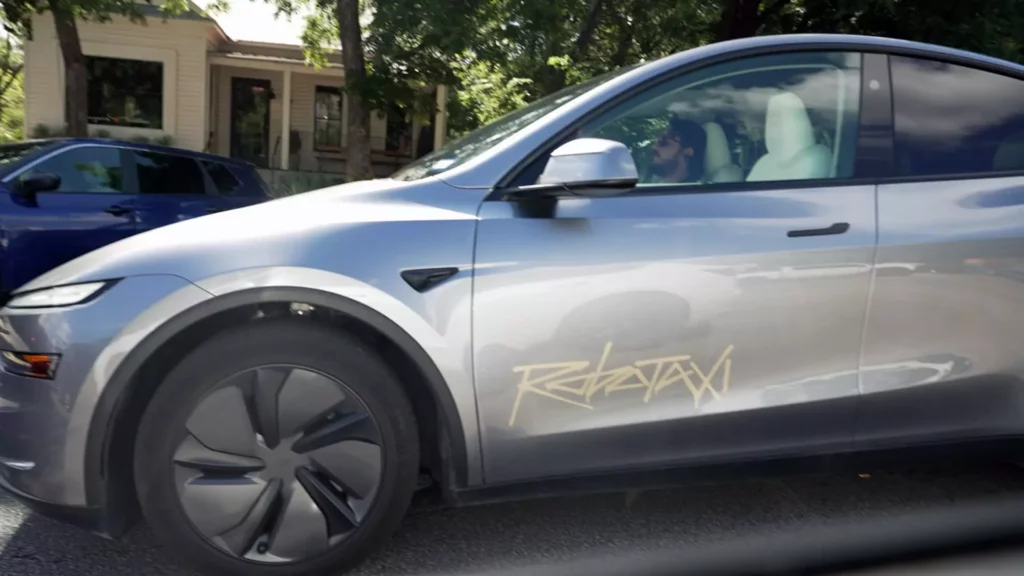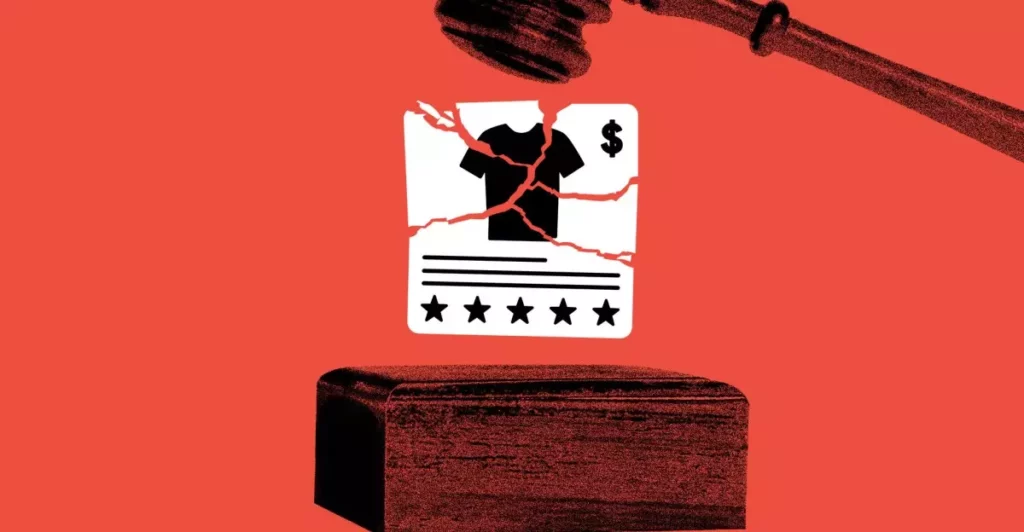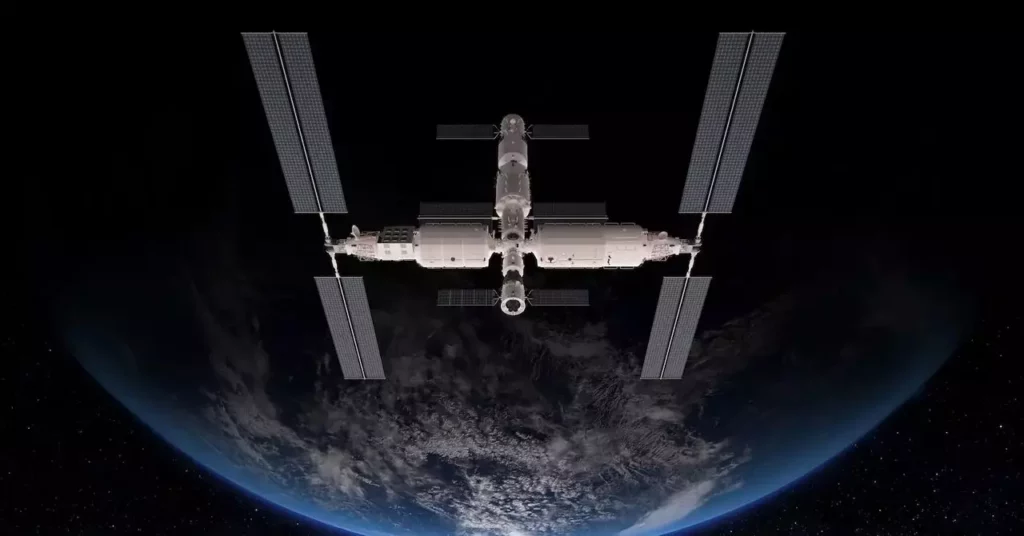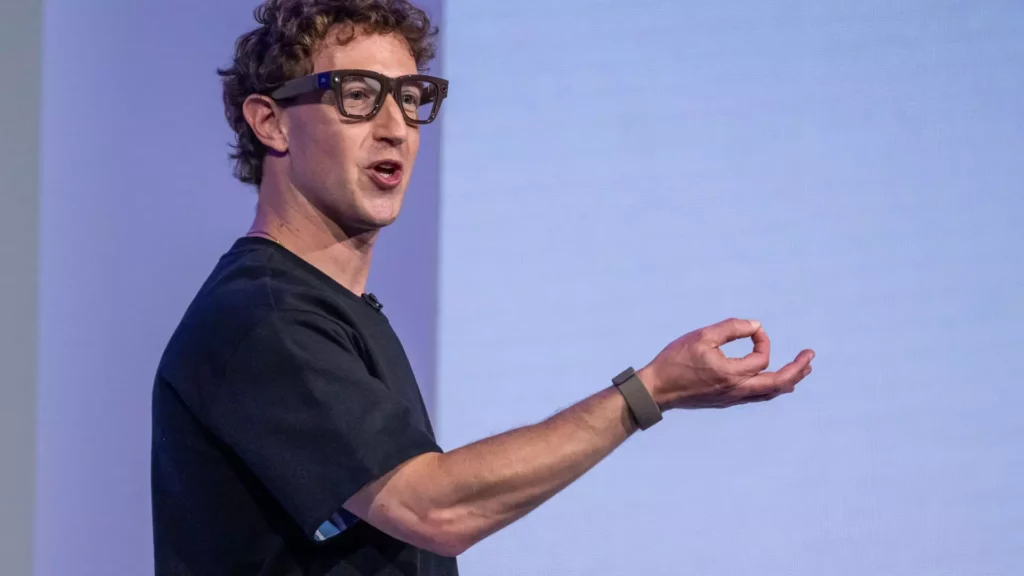Tesla’s latest push into deploying autonomous Robotaxis in Phoenix epitomizes a broader debate about the pace and substance of technological disruption. While the electric car giant portrays itself as a champion of innovation, the reality of their approach suggests a reckless sprint ahead of safety, regulation, and societal readiness. Tesla portrays this bold move as part of a grand vision to democratize urban mobility and make autonomous travel a ubiquitous service. Yet, beneath this veneer lies a fundamental question: is Tesla rushing to capitalize on hype at the expense of public safety and regulatory compliance?
The core of Tesla’s strategy hinges on their belief in camera-based systems—an approach that freelancers, advocates, and skeptics alike view with suspicion. The company’s decision to rely on fewer sensors, especially cameras alone, sacrifices redundancy for cost efficiency. Elon Musk’s philosophy champions the notion that cameras can suffice if the AI is sufficiently advanced, but this leaves little margin for error. It is well understood in the autonomous vehicle industry that sensor redundancy—lidar, radar, and cameras—is critical for safety. Tesla’s gamble may accelerate progress, but it also magnifies the risk of catastrophic failures that could erode public trust overnight.
Moreover, Tesla’s recent incidents, some caught on video, reveal the peril of deploying unproven technology in dense urban environments. These minor accidents serve as critical windows into the underlying safety shortcomings of fast-tracked development. They threaten to turn Tesla’s disruptive narrative into a cautionary tale—highlighting the dangers of overconfidence in imperfect AI. Rather than cautious, incremental progress, Tesla’s approach suggests a preference for press releases and hype, risking a backlash from regulators and consumers alike.
Challenging Established Players: The False Promise of Speed
While competitors like Waymo have spent years meticulously testing and refining their driverless fleets—prioritizing safety and regulatory approval—Tesla’s strategy appears to be one of rapid deployment, even if that means sacrificing a thorough vetting process. Waymo’s cautious, data-driven approach stands in stark contrast to Tesla’s “move fast and break things” mentality. Their fleet of 400 driverless taxis operating in Phoenix reflects a more mature development process, with a heavier emphasis on safety verification.
Tesla’s desire to leapfrog traditional automakers and autonomous tech firms reveals a certain hubris. The company’s plans to launch Robotaxi services in areas like San Francisco Bay, without having fully ironed out safety and regulatory hurdles, suggest either a misguided sense of confidence or a dismissive attitude toward genuine risk management. Investors and consumers must ask: if safety isn’t the priority now, how long can Tesla sustain its rein of unchecked innovation before a major incident causes irreversible damage?
Public perception is a fragile thing. Minor but high-profile accidents can erode the credibility of Tesla’s claims of safety and innovation. The more Tesla pushes to demonstrate rapid deployment, the more susceptible it becomes to scrutiny—especially in a regulatory climate that is increasingly strict about autonomous safety standards. The question people should be asking is whether Tesla’s aggressive timeline can withstand the reality of regulatory approval processes, which are inherently cautious and burdened with safety concerns.
Safety vs. Commercial Ambition: The Cost of Overreach
Tesla’s vehicle deployment strategy raises fundamental questions about the limits of commercial ambition in the face of societal responsibility. Elon Musk’s focus on expanding access to self-driving cars at a cheaper cost overlooks a critical reality: nostalgia for safety and public trust. The auto industry’s cautious stance is not mere bureaucracy; it’s a safeguard born from decades of learning from failures. Tesla’s approach, seemingly driven by the desire for market dominance, risks overlooking this essential safeguard.
The controversy surrounding Tesla’s safety record isn’t merely noise; it’s a symptom of a deeper issue—the company’s overreliance on aspirational technology rather than proven safety metrics. The company’s inconsistencies, including exaggerated claims and marketing hype, undermine its credibility at a time when honesty and transparency are critical. Overpromising and underdelivering not only jeopardize regulatory approval but also threaten mass adoption. The public increasingly demands assurance, not bravado.
Liability and accountability become central when accidents do happen. Tesla’s decision to operate with human safety supervisors is a grudging acknowledgment of the system’s fragility. Yet, this “safety net” may be a façade that delays genuine progress toward full autonomy. If the goal is to revolutionize urban mobility, then safety must be the foundation, not an afterthought driven by market pressures. Cutting corners to be the first can lead to setbacks that tarnish the entire sector’s reputation, reminding us that haste truly makes waste.
The High Stakes of Market Domination in Autonomous Vehicles
Tesla’s pursuit of autonomous fleet dominance isn’t merely a race; it’s a strategic battle for the future of transport. The company’s aggressive timeline signals an intent to establish market presence before competitors like Waymo establish an insurmountable lead. However, this ambition comes with a hidden cost: sacrificing quality, safety, and public confidence.
For Tesla to truly lead, it must shift from an obsession with rapid deployment to a balanced focus on safety, transparency, and enduring regulatory approval. Rushing to introduce robotaxis without rigorous validation risks creating a cycle where accidents and setbacks diminish consumer trust and invite regulatory crackdowns. As Elon Musk often overpromises, reality keeps pulling back—highlighting that technological mastery, without societal readiness, is merely a house built on sand.
This relentless pursuit of market leadership could backfire if the company cannot reconcile its ambitions with safety standards. The challenge is that autonomous vehicles interact dynamically with unpredictable environments. A single accident, particularly in a densely populated ecosystem like Phoenix or San Francisco, can trigger a cascade of regulatory restrictions and public skepticism.
In this high-stakes game, Tesla’s ability to maintain a delicate balance—pushing innovation without compromising safety—is what will determine whether it solidifies its position or becomes a cautionary example of hubris. Their recent incidents illuminate the perils inherent in racing ahead, especially when the infrastructure and regulatory frameworks are still catching up.
Eschewing caution for the sake of disruption risks not only operational setbacks but also long-term damage to credibility. In a sector where public trust equates to safety, being first is irrelevant if the vehicle’s safety isn’t proven. Tesla’s vision for a self-driving fleet is grand, but without a genuine emphasis on transparency and incremental progress, it risks transforming from a futuristic leader into a cautionary tale of overreach and hubris.









Leave a Reply